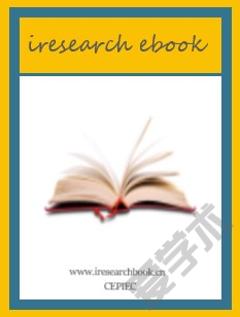Rotator Cuff Tear
The history of rotator cuff tendinopathy started more than 150 years ago, when some types of shoulder pain were attributed to ‘rupture of the rotator cuff tendon’. In the third millennium, the pathogenetic mechanisms leading to rotator cuff problems are still debated. Although conservative measures are the first-line therapy, poor spontaneous tendon healing and progression from partial-thickness to full-thickness tears may mandate surgery. Biological, biomechanical and clinical studies have been conducted to establish the superiority of one technique over the other, but no clinical differences have been found. Although we know more about the pathogenesis, diagnosis and management of rotator cuff pathology, our efforts should be directed at trying to find the treatment that best fits the specific needs of each patient. This book collects current reviews on rotator cuff problems, with regard to both biological and clinical aspects, and provides practical hints on management and rehabilitation for sports physicians, surgeons, physiotherapists and athletic trainers.
{{comment.content}}








 京公网安备 11010802027623号
京公网安备 11010802027623号